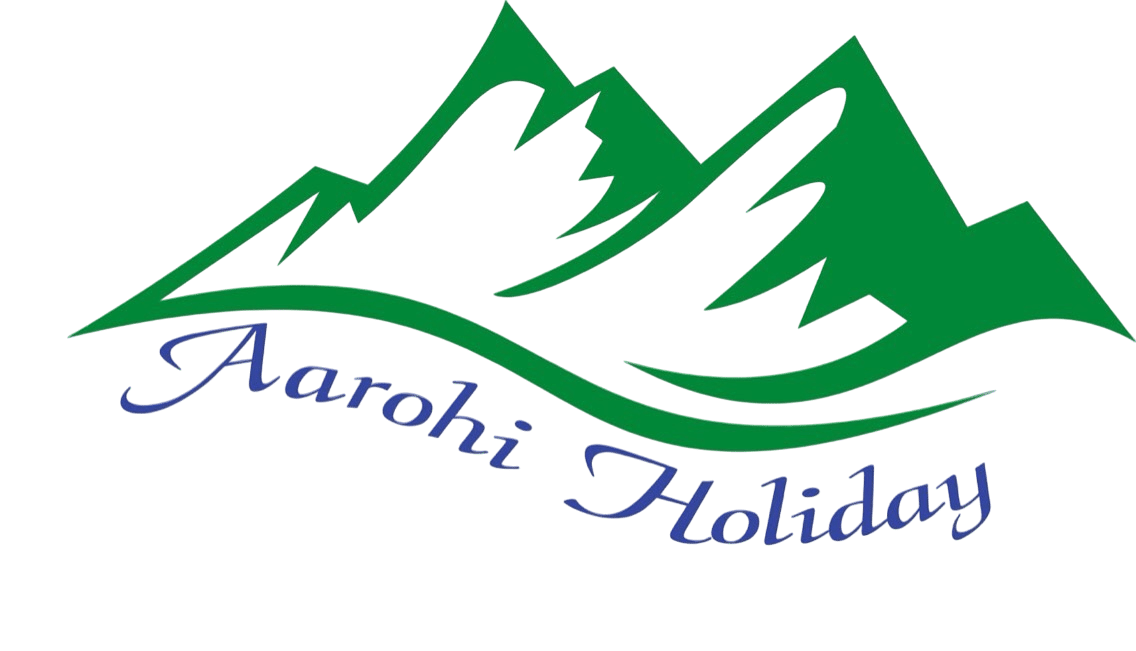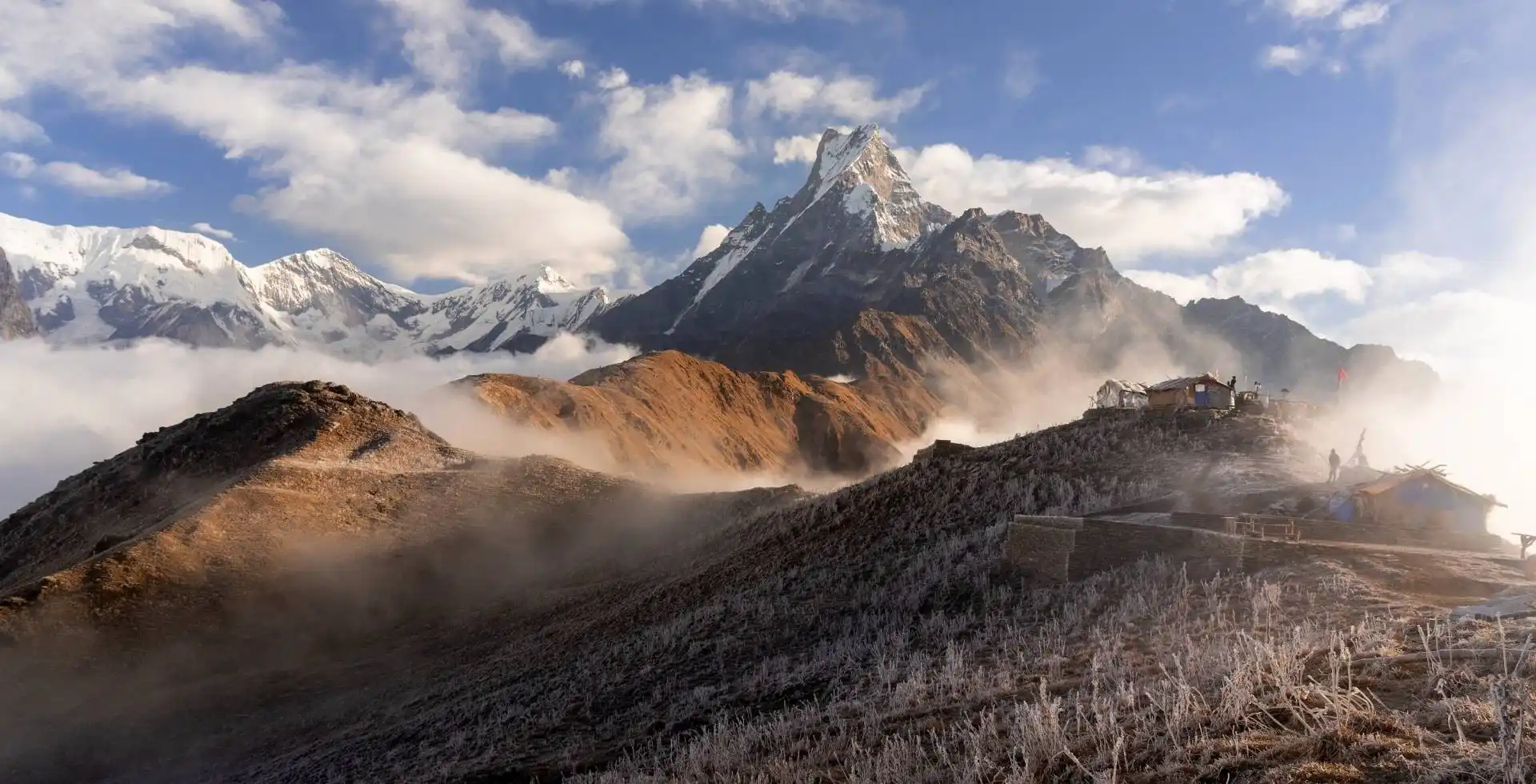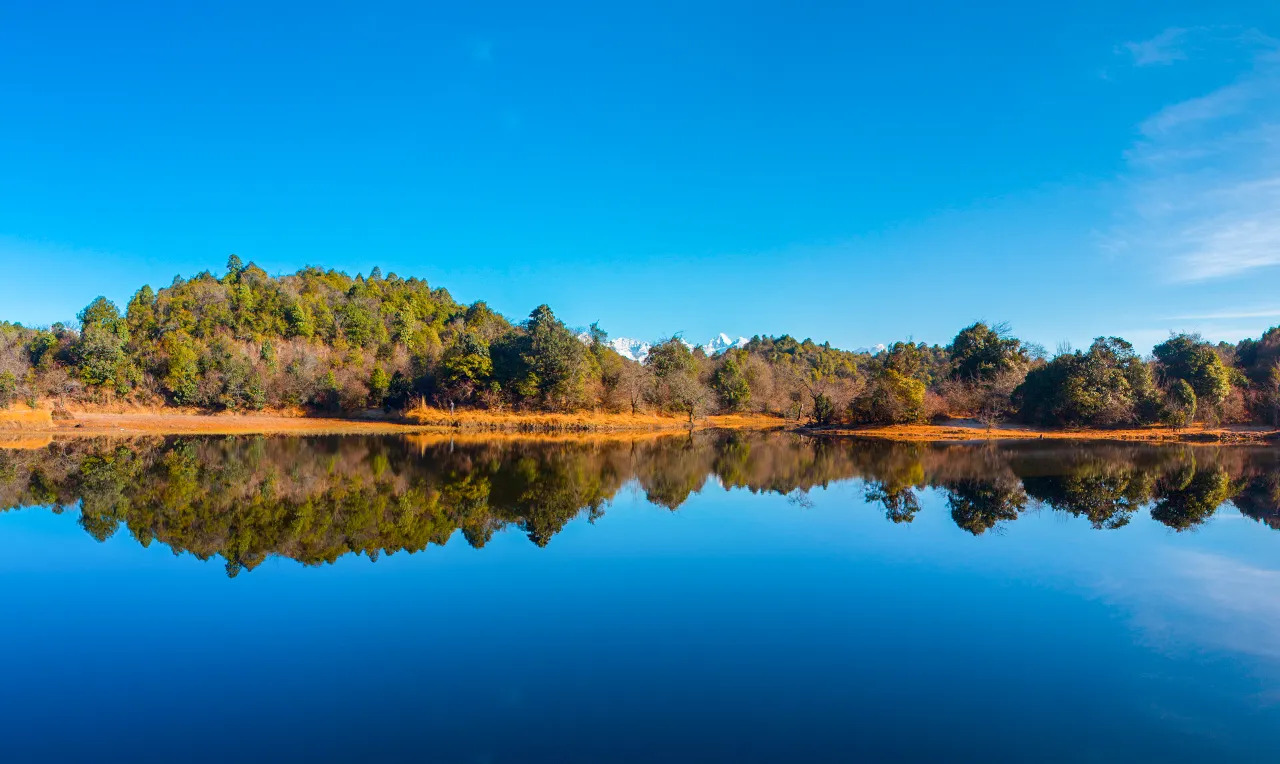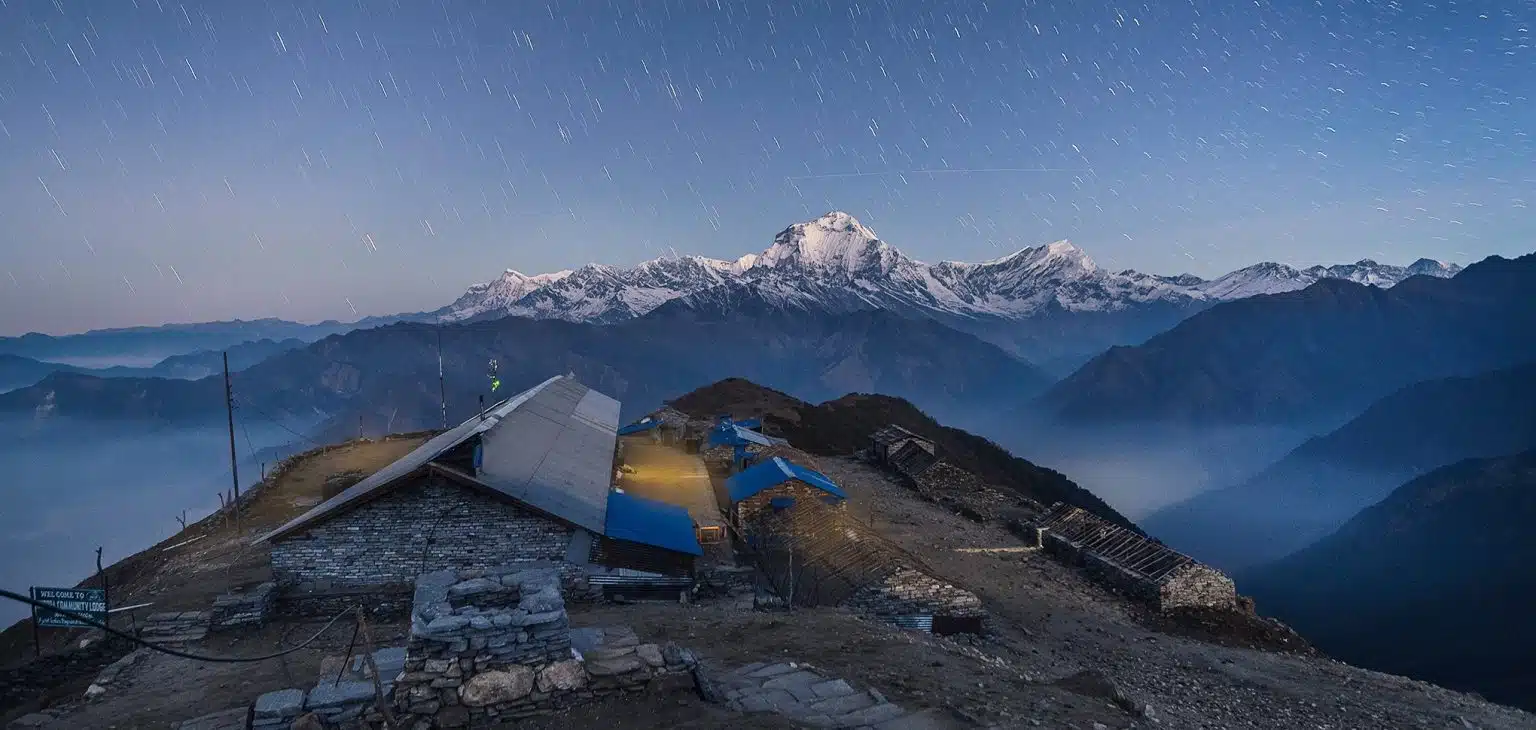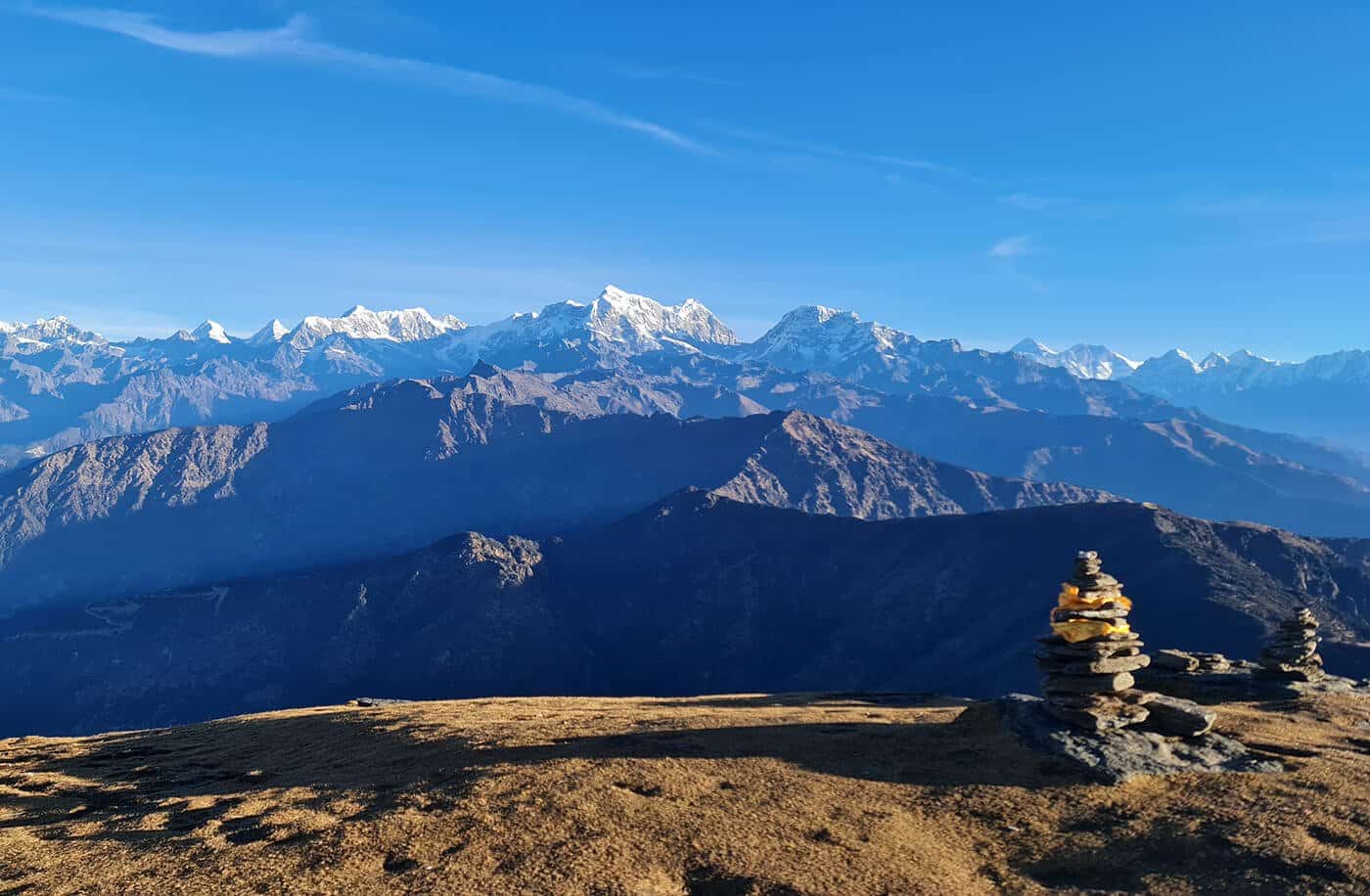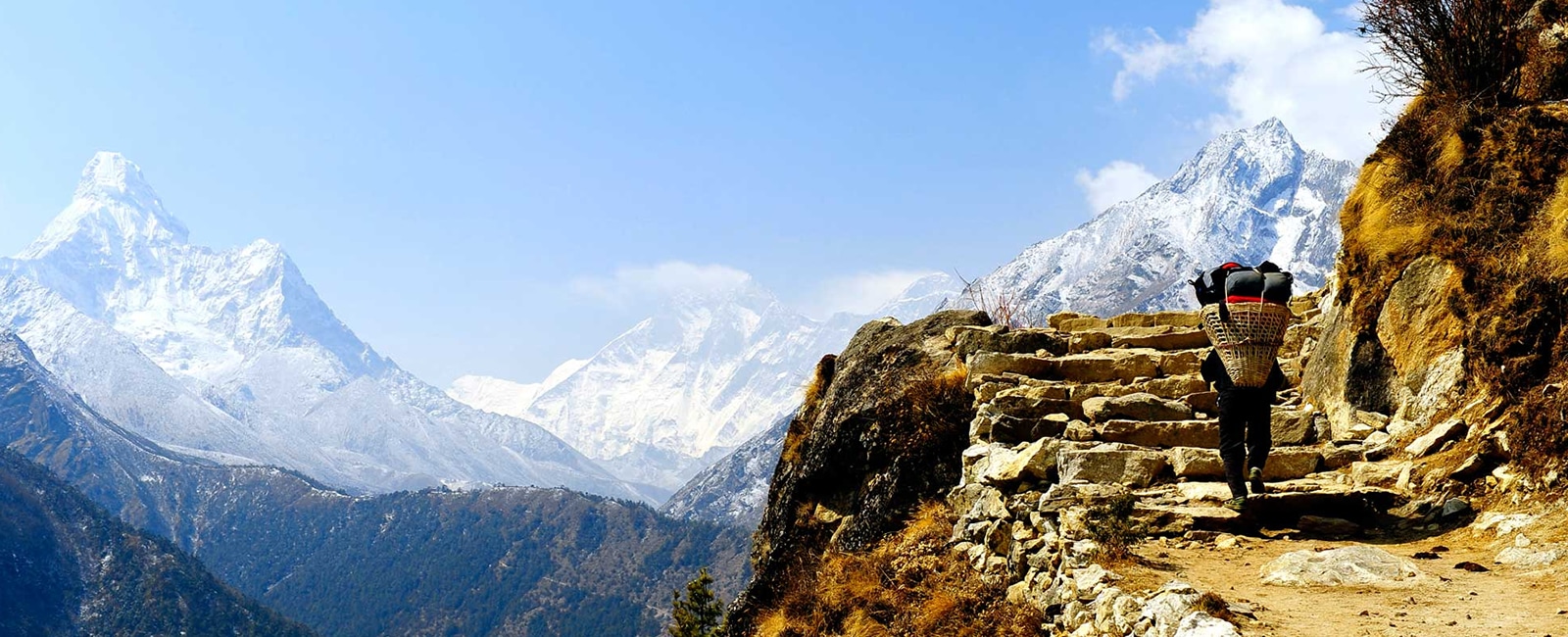US $780
Royal Trek Overview
Royal Trek is the simplest, shortest, and most persuasive trekking trail in the Annapurna Region. The Royal Trek takes us to a Gurung village, offering a wonderful view of Machhapuchhre, Annapurna, and Lamjung Himal. The trek gained its name because Prince Charles and his entourage explored the route in 1981, shortly before he married Princess Diana.
The Royal Trek leads you through an easy route with only a few uphill and downhill hikes, following ridges and valleys. On this trek, the lifestyles of the residents have remained unchanged for thousands of years. The Annapurna Royal Trek ends at the picturesque Begnas Lake, which lies around 30 km west of Pokhara city.
We begin our 9-day pleasure trip in Kathmandu with visits to UNESCO World Heritage sites before heading to one of the shortest treks that follows a shrub-like path along the foothills of the Annapurna, north of the Pokhara valley: the Royal Trek. Aarohi Holiday is always ready to make your trip to the Annapurna Royal Trek wonderful and memorable.
Route to Royal Trek
Your Royal Trek journey begins in Kathmandu (1,345m), where our friendly team greets you at Tribhuvan International Airport and transfers you to a cozy 3-star hotel for a relaxing stay. After settling in, you’ll meet your fellow trekkers and prepare for the journey ahead. The next day, dive into Kathmandu’s vibrant culture with a guided sightseeing tour of UNESCO World Heritage Sites, including Pashupatinath Temple and Boudhanath Stupa, soaking in the city’s rich history.
On Day 3, embark on a scenic 6-7 hour drive (200 km) from Kathmandu to Pokhara (900m), passing through lush hills, rivers, and charming villages along the Prithvi Highway. In Pokhara, you’ll enjoy views of the Annapurna range and relax by Phewa Lake. On Day 4, a short 30-minute drive from Pokhara takes you to Bijayapur, where the trek begins with a 3-4 hour hike (6 km) to Kalikasthan (1,370m), winding through terraced fields and small Gurung villages with glimpses of Machhapuchhre.
From Kalikasthan, trek 4-5 hours (8 km) to Syaklung (1,760m) on Day 5, passing through forests of rhododendrons and oaks, with panoramic views of the Annapurna and Lamjung Himal ranges. On Day 6, a 4-5 hour trek (7 km) leads to Chisopani (1,550m), offering stunning vistas of Dhaulagiri and Annapurna from a serene hilltop. On Day 7, descend 3-4 hours (~6 km) to Begnas Lake, surrounded by tranquil waters and rolling hills, before a 1-hour drive back to Pokhara. The journey concludes with a 6-7 hour drive back to Kathmandu on Day 8, followed by your final departure on Day 9, leaving with memories of a peaceful Himalayan adventure.
Why Choose Us for Your Royal Trek
The Royal Trek is a serene escape into the Annapurna region’s tranquil trails, offering stunning Himalayan views and rich Gurung culture in just 9 days. At Aarohi Holiday, we make this journey unforgettable with our expertise and care. Here’s why you should choose us for your Royal Trek:
- Experienced Local Travel Experts: Our team of seasoned guides, born and raised in Nepal, brings deep knowledge of the Annapurna region, ensuring a safe and enriching trek through Kalikasthan, Syaklung, and Chisopani.
- Customizable Travel Packages: Whether you’re a solo trekker, couple, or group, we tailor packages to match your schedule, fitness level, and interests, offering flexibility for a personalized adventure.
- Exclusive Off-the-Beaten-Path Destinations: Discover hidden gems like quiet Gurung villages and serene Begnas Lake, far from crowded trails, for an authentic and peaceful experience.
- Comprehensive Travel Planning: From airport transfers to permits and accommodations, we handle every detail, so you can focus on enjoying the trek and Pokhara’s scenic beauty.
- Competitive Pricing and Value: Priced affordably at USD 750 per person, our trek includes 3-star hotels in Kathmandu and Pokhara, teahouse lodging, meals, and permits, with group discounts of 5-10% and free leader spots for larger groups.
- Deep Knowledge of Local Culture: Our guides share insights into Gurung traditions, local customs, and Kathmandu’s UNESCO World Heritage Sites, enriching your cultural journey.
- Sustainable and Responsible Tourism: We support local communities by hiring local guides and porters and promote eco-friendly practices, like using refillable water bottles to minimize waste.
- 24/7 Customer Support: Our team is available round-the-clock to answer questions, address concerns, and ensure a smooth experience from arrival to departure.
- No Hidden Costs: Our transparent pricing covers all essentials—permits, meals, transport, and accommodations—with no surprise fees.
- Feedback-Driven Improvements: We value your input and continuously refine our services to deliver the best trekking experience, ensuring your Royal Trek is memorable.
Royal Trek Alternatives
Looking for alternatives to the Royal Trek? Consider the Mardi Himal Base Camp Trek (11 days, 4,500m) for stunning Annapurna views, the Dhampus Australian Trek (10 days, 4,500m) for an easy walk with Gurung village charm, the Pikey Peak Trek (11 days, 4,065m) for serene Everest vistas, the Khopra Danda Trek (13 days, 3,660m) for off-the-beaten-path Annapurna scenery, or the Chisapani Nagarkot Trek (6 days, 2,425m) for a quick Kathmandu Valley escape with sunrise views of Everest and Langtang. Each offers a unique blend of Himalayan beauty and cultural immersion, perfect for a memorable Nepal adventure.
